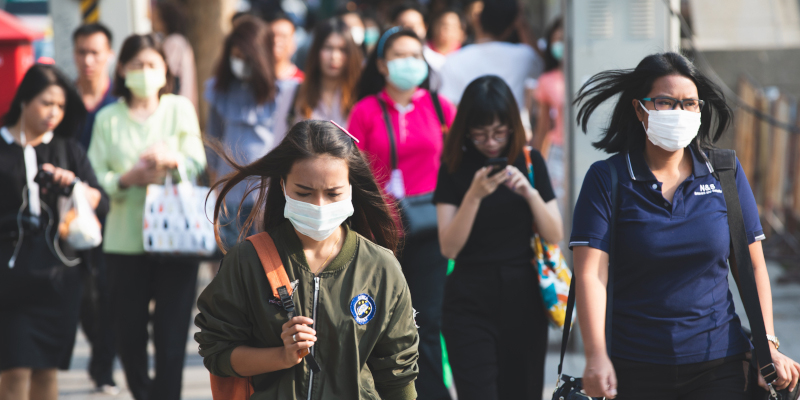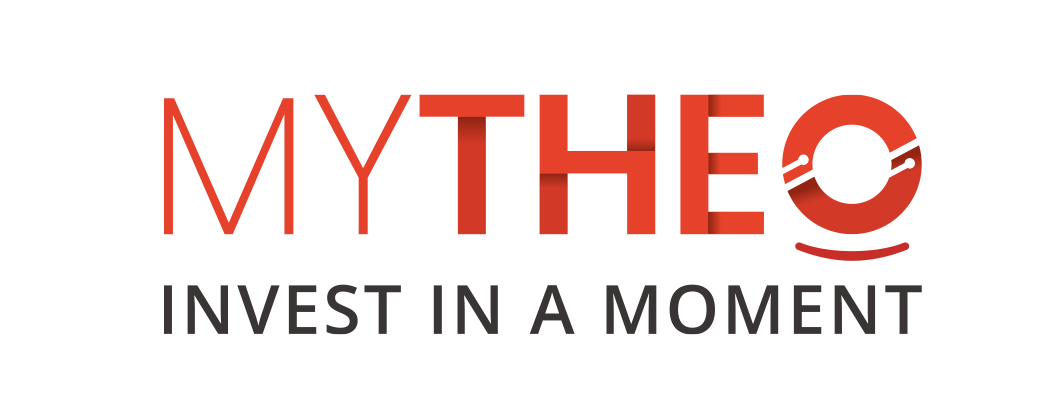Tuesday, 11 February 2020
Written by Amirudin Hamid, Portfolio Manager of GAX MD

There probably wasn’t any bigger news that made the world headlines in January 2020 apart from the coronavirus outbreak in China. Any virus outbreak undoubtedly is a great cause for concern. You might be wondering what kind of impact do these virus outbreaks have on investment. Should you invest during a virus outbreak?
In this article, we will discuss how MYTHEO’s portfolios have performed during past virus outbreaks and what you should do as investors.
Let’s look at some of the major virus outbreaks in the past:
1. Severe Acute Syndrome (SARS) - November 2002 to June 2003
The Severe Acute Respiratory Syndrome (SARS) began in China's Guangdong province on 16 November 2002. The virus then made its way to Hong Kong between March to early June, leading to a total of 1,750 cases and 286 deaths in the country.
Other than China and Hong Kong, SARS also spread to 24 other countries and the World Health Organization (WHO) statistics showed that there were about 8,000 cases worldwide in 2003.
The outbreak of SARS started to taper down in June 2003 and in the same month, WHO removed Hong Kong from the watchlist of affected countries. Eventually, China was declared free from SARS on 19 May 2004.
Chart 1: iShares MSCI Hong Kong’s performance in 2003 during the SARS outbreak

The SARS outbreak started late 2002 to early 2003 and unfortunately, our model portfolios do not cover this specific period. As Hong Kong was the second most affected nation, let’s see how iShares Hong Kong ETF (EWH) performed during this crisis.
From Chart 1, we can see that the Hong Kong market was down due to a knee-jerk reaction when the outbreak was first reported and made known to the public. As and when the news of the outbreak got more attention in the headlines, investors became anxious and by the end of March 2003, EWH had lost more than 8% of its value compared to its valuation as at the end of 2002.
However, while the virus was still spreading, the market jitters started to slowly disappear and the Hong Kong stock market hit the trough in early April. After that, Hong Kong stocks never looked back, and sailed all the way up until the end of 2003. For the record, EWH ETF gained 34.6% in USD that year!
2. Influenza H1N1 - April 2009 to August 2010
H1N1 topped the list as the worst virus outbreak in the 20th century so far. It was believed to have originated from Mexico between late 2008 to early 2009. The spreading of the virus was recognized only in April 2009 and declared a pandemic in June 2009 only after a total of 74 countries reported official infections. By November 2009, almost all countries in the world had confirmed cases and deaths caused by H1N1. As reported by the Center for Disease Control and Prevention (CDC) in the United States (US), an estimate of between 151,700 to 575,400 people worldwide had died from this virus.
The pandemic started to slow down in November 2009 and by 10 August 2010, WHO declared an end to the H1N1 pandemic.
Chart 2: MYTHEO’s back-tested functional portfolios’ performances in 2009 during the H1N1 outbreak

It is important to note that during the H1N1 outbreak in 2009, the financial markets had just came out from the ruins of the financial crisis in 2008. During this period, the global economy was on the verge of recovery and corporate performances were at inflection points. Aside from the outbreak, everything else was pretty much in investors’ favor. Therefore, riskier asset classes had a good year in 2009.
MYTHEO’s back-tested portfolios’ performances were strong too. During that year, MYTHEO’s Growth portfolio, which consisted of equity ETFs appreciated by 32.4%. The Inflation Hedge portfolio, which invests in commodity, infrastructure and real estate ETFs was up 21.5%. The Income portfolio stayed flat at 0%.
H1N1 mattered very little and was totally ignored by investors. It was a year of recovery in 2009, where investors were more obsessed with macro insights and fundamental data such as global economic growth momentum and recovery in corporate earnings.
3. Middle East Respiratory Syndrome (MERS) - September 2012 to July 2015
MERS virus was first detected in Saudi Arabia in September 2012 but was only recognized as a serious outbreak in April 2014 after it reached across other countries. A second wave of the outbreak hit South Korea from May to July 2015.
Chart 3: MERS cases reported by WHO from 2012 to 2019

Despite generating panic and anxiety, the second wave of the outbreak was contained within two months and South Korea was declared clear of the virus on 29 July in the same year. The MERS infection is still found today in Saudi Arabia but the number of cases is small. In 2019, the country reported 10 cases of MERS.
Chart 4: MYTHEO’s back-tested functional portfolios’ performances from 2013 to 2015, covering the MERS outbreak in Saudi Arabia and South Korea

During the MERS outbreak from 2013 to 2015, all of MYTHEO’s back-tested functional portfolios’ delivered strong positive returns. The Growth, Inflation Hedge and Income portfolios were up by 32.3%, 18.7% and 37.8% respectively.
It is worth noting that, MYTHEO’s Growth portfolio invested in iShares MSCI Korean ETF (EWY) from February 2015 to October 2016, with a weightage of 5%. EWY underperformed massively, where the price dropped by more than 20% from its peak in February to early April 2015 when the virus infection was reported. However, it did not seem to have any impact on the overall portfolio performance as it was taken care through portfolio diversification. The loss in EWY was diluted by the positive performances of other ETFs in the portfolio.
Conclusion
The result of our historical study clearly shows that past virus outbreaks have minimal impact on the financial market and more importantly, on MYTHEO’s portfolios’ performances.
When a virus outbreak is made known to the public, there is a knee-jerk reaction where investors would dump all the riskier assets out of fear. Even though the market sell-down was steep, it ended in a relatively short period. The past outbreaks have lasted from 6 months to 2 years, but negative sentiments on the financial market barely lasted beyond a few weeks.
Also, the virus outbreak can affect numerous countries but only a few were seriously affected and suffered deeper correction which took a longer time to recover. In this case, SARS ultimately had only impacted China and Hong Kong markets. MERS only affected Saudi Arabia and South Korea. Other countries with a small number of cases only had few days of market correction.
In addition, negative performances in one or two markets can hardly affect the overall portfolio performance because MYTHEO invests in over 25 well diversified ETFs all the time. Thus, bad performances by a few can easily be absorbed by the holdings in the others.
Investors are advised not to react irrationally but instead stay invested, ride through the current wave and reap the long-term benefits. Lastly, take care of your health and let MYTHEO take care of your wealth.



